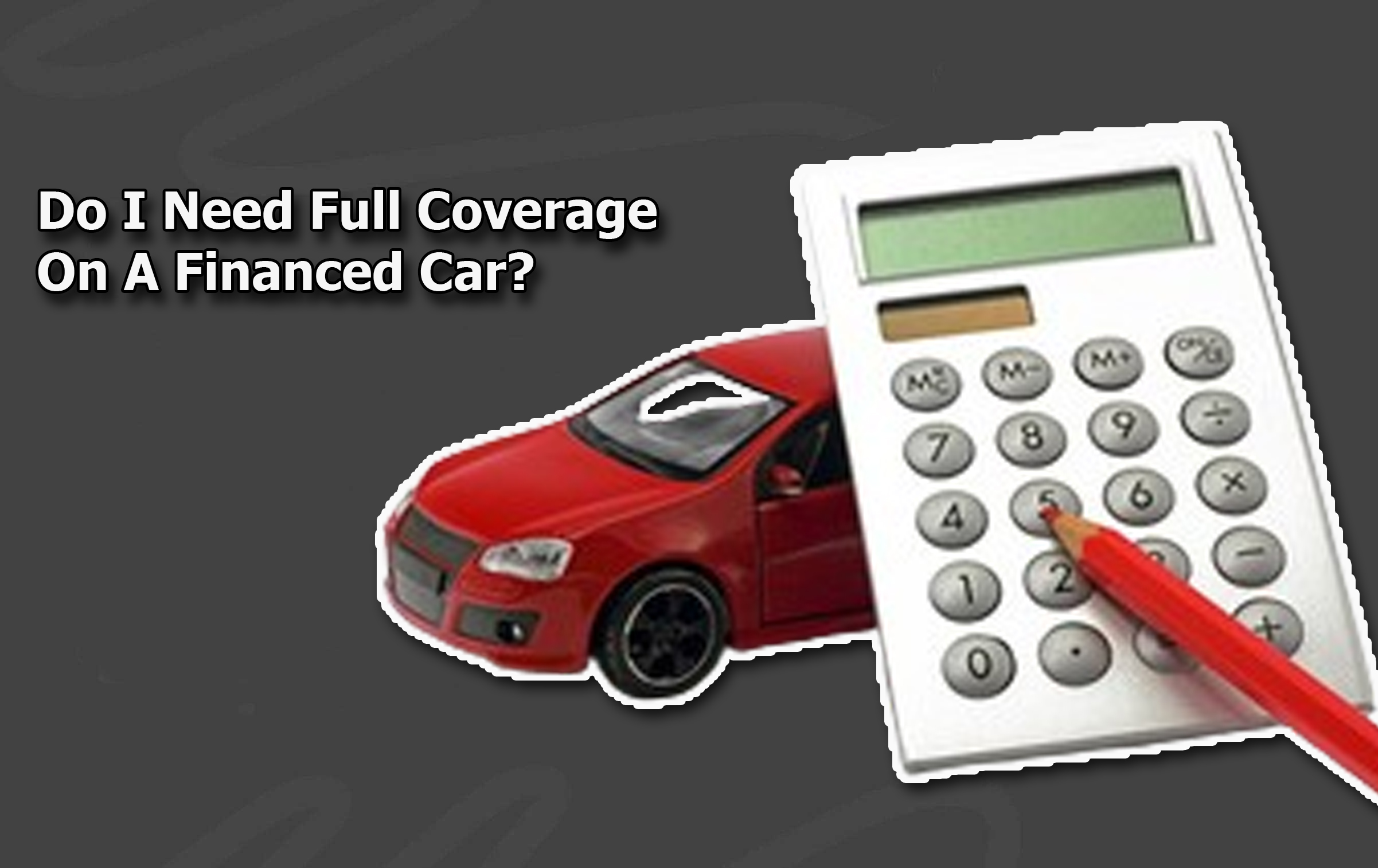
Do I really need full coverage on a financed car? When it comes to financing a vehicle, one of the most important things to consider is insurance coverage. Many car buyers wonder whether they need full coverage or if they can opt for minimum insurance.

Full coverage insurance generally includes liability, collision, and comprehensive protection. This protection ensures the lender’s investment, is safeguarded in case of accidents, theft, or damage. What’s more, lenders often require full coverage to protect their financial interests until the loan is fully paid off.
Without full coverage, drivers run the risk of facing significant financial burdens if their car is damaged or totaled. The implications of inadequate insurance can be severe, as a financed car is technically not entirely owned by the borrower until the final payment is made.
Why Lenders Require Full Coverage
When a car is financed, the lender retains an ownership stake in the vehicle until the loan is completely repaid. Because of this, lenders want to ensure that their investment remains protected, which is why they typically mandate full coverage insurance.
In the meantime, here are some major reasons why lenders require full coverage.
- Protection Against Total Loss: If a financed vehicle is totaled in an accident or stolen, the full coverage insurance ensures that the lender does not suffer a financial loss.
- Compliance with Loan Terms: Many loan agreements specifically require borrowers to maintain full coverage insurance for the duration of the loan.
- Loan Repayment Assurance: Full coverage provides the financial security needed to repair or replace the car. This prevents loan default due to an inability to cover damages.
- Avoiding Gap Debt: If the car’s market value is less than the outstanding loan balance, full coverage with gap insurance can help cover the difference.
What Does Full Coverage Insurance Include?
Full coverage insurance consists of multiple types of protection designed to cover different risks associated with car ownership.
While it is more expensive than basic liability insurance, it still provides comprehensive financial security for both the driver and the lender. Here are the components of what full coverage entails:
- Comprehensive Insurance: This covers non-collision-related damages, such as theft, vandalism, natural disasters, and animal strikes.
- Liability Insurance: It covers damages or injuries caused to others in an accident where the driver is at fault.
- Collision Insurance: Pays for repairs or replacement if the car is damaged in a collision, regardless of who’s at fault.
- Gap Insurance: Covers the difference between the car’s depreciated value and the remaining loan balance if the vehicle is totaled. Also, it is recommended but it is optional.
Consequences Of Dropping Full Coverage On A Financed Car
Some borrowers may consider reducing their insurance coverage to lower their monthly expenses. However, doing so comes with significant risks.
Dropping full coverage can lead to financial and legal consequences that may outweigh the cost savings. Some of the potential risks associated with this are:
- Loan Agreement Violation: Failing to maintain full coverage can breach the terms of a loan agreement, leading to penalties or forced lender-placed insurance (which is often more expensive).
- Credit Score Impact: If an uninsured accident prevents loan repayment, missed payments can negatively affect credit scores.
- High Out-of-Pocket Costs: Without full coverage, the borrower is fully responsible for repair or replacement costs in the event of an accident
- Lender-Imposed Insurance: Some lenders purchase insurance on behalf of the borrower and add it to the loan balance. Moreover, this can be significantly more expensive than standard policies.
When Can You Drop Full Coverage?
While full coverage is mandatory for financed vehicles, borrowers can consider dropping it under certain circumstances. However, before making this decision, it’s important to evaluate the financial implications and risks involved.
Here are some factors to consider before dropping full coverage:
- Loan Payoff: Once the loan is fully paid, then full coverage is no longer required by the lender. Hence, drivers can opt for lower coverage if desired.
- Personal Financial Situation: Drivers with sufficient savings to cover repair or replacement costs may consider reducing coverage.
- Vehicle Value: If the car’s market value is significantly low, paying for full coverage may not be cost-effective.
- State Minimum Requirements: Even without full coverage, most states require minimum liability insurance to legally operate a vehicle.
How To Reduce Insurance Costs Without Dropping Full Coverage
For borrowers who find full coverage insurance expensive, there are ways to lower costs while still maintaining adequate protection. Here are some cost-saving strategies you can try out:
- Increase Deductibles: Choosing a higher deductible can lower monthly premiums while maintaining comprehensive and collision coverage.
- Improve Credit Score: A higher credit score often results in lower insurance rates.
- Bundle Insurance Policies: Combining auto insurance with homeowners or renters insurance can qualify for discounts.
- Shop Around for Better Rates: Comparing quotes from multiple insurers can help find the most affordable policy.
- Take Advantage of Discounts: Safe driver discounts, low mileage discounts, and good credit scores can reduce premiums.
Frequently Asked Questions
Is Full Coverage Required On A Leased Car As Well?
Yes, just like financed vehicles, leased cars typically require full coverage to protect the leasing company’s interest in the vehicle.
What Happens If I Stop Paying For Full Coverage On My Financed Car?
The lender may impose lender-placed insurance, which is usually more expensive and provides limited protection for the borrower.
Can I Switch Insurance Providers While My Car Is Still Financed?
Yes, as long as the new insurance policy meets the lender’s full coverage requirements, borrowers can switch providers for better rates or services.